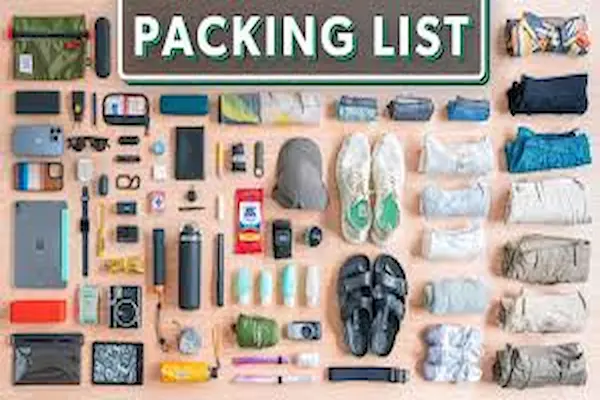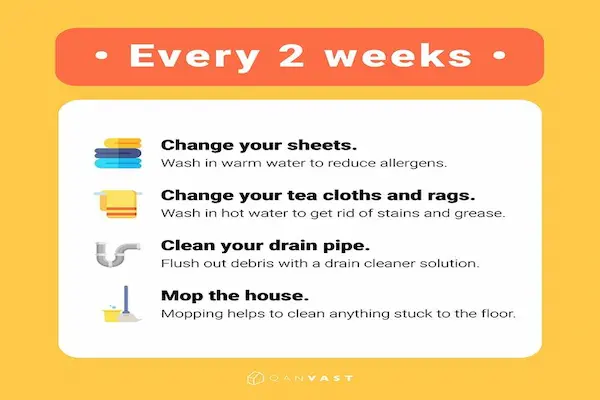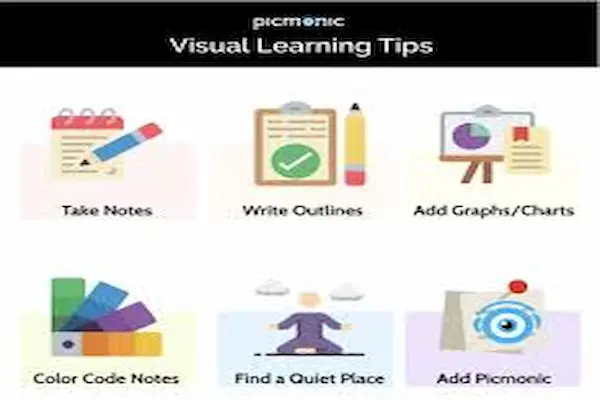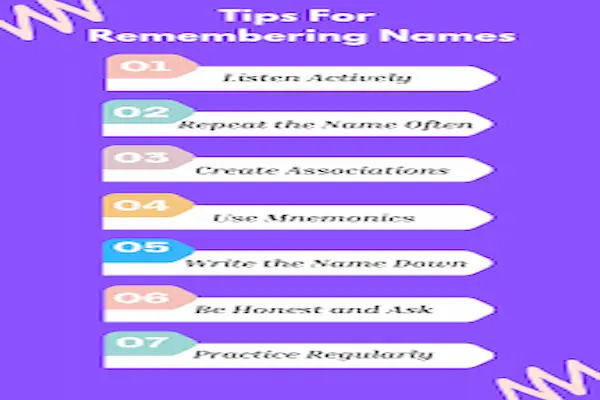Walking into a room full of strangers can make even confident professionals feel uneasy.
You scan the crowd, look for familiar faces, and then realize — it’s up to you to start talking. Small talk may seem trivial, but it’s actually one of the most powerful skills in networking, friendship, and everyday connection. The right question or comment can open doors to opportunities, collaboration, and genuine relationships.
This guide is your complete, practical companion to small talk starters that work, especially for people who don’t always know what to say first. Whether you’re attending a business conference, joining a social event, or chatting in line at a café, you’ll find real, easy-to-use examples here — no forced jokes or awkward compliments required.
You’ll also learn the do’s and don’ts of casual conversation, get context-based lists of questions, discover how to listen better, and even use short follow-ups that keep a dialogue flowing naturally. By the end, small talk won’t feel like pressure — it’ll feel like a skill you can actually enjoy.
Why Small Talk Matters More Than You Think
Many people dismiss small talk as meaningless, but research and real-life experience show it’s the foundation of trust. It’s how people gauge openness, approachability, and shared values before diving deeper.
What Small Talk Actually Does
-
Builds Comfort: Light conversation helps both people feel at ease.
-
Opens Doors: It’s often the first step to professional opportunities.
-
Creates Shared Ground: You find points of connection through harmless topics.
-
Shows Empathy: Small talk demonstrates that you notice and value others.
-
Leads to Bigger Ideas: Every meaningful conversation usually starts with a small one.
For shy or introverted professionals, mastering small talk is less about charm and more about preparation — knowing how to start, what to ask, and when to listen.
The Psychology Behind Good Small Talk
Successful small talk isn’t about being witty — it’s about being curious and present. People remember how you make them feel far more than what you say.
Three Core Principles
-
Authenticity Over Perfection: Speak naturally. Forced conversation feels artificial.
-
Curiosity Over Performance: Ask questions because you want to know, not because you’re filling silence.
-
Reciprocity Over Monologue: Keep exchanges balanced; small talk is a shared rhythm, not a speech.
When your goal shifts from “impressing” to “connecting,” the pressure drops instantly.
Step 1: Preparing Mentally for Conversation
Before diving into any networking event or gathering, prepare your mindset. The aim is not to meet everyone — it’s to have a few warm, genuine exchanges.
Quick Confidence Steps
-
Adjust Expectations: One good conversation beats ten superficial ones.
-
Scan for Openness: Look for people who make eye contact or seem relaxed — they’re easier to approach.
-
Breathe and Smile: Nonverbal warmth matters more than clever words.
-
Have a Few Starters Ready: Preparation prevents blank moments.
Approach people with the mindset of curiosity rather than pressure — you’re there to explore, not perform.
Step 2: The Anatomy of a Great Small Talk Starter
Every great icebreaker does one of three things: it notices, it relates, or it invites.
1. Noticing Starters
Comment on something visible — your shared environment, food, or surroundings.
-
“This place has such great lighting; have you been here before?”
-
“That coffee smells amazing — I think I’ll try it next.”
2. Relating Starters
Find common ground or shared experience.
-
“It’s always tricky to find a parking spot here, isn’t it?”
-
“I also find these networking events a bit awkward at first.”
3. Inviting Starters
Ask open questions that spark sharing.
-
“What brought you here today?”
-
“How did you get into your field?”
When your opening line feels grounded and real, people respond with the same energy.
Step 3: 30 Small Talk Starters That Work (By Context)
Below are ready-to-use examples you can adapt to any setting.
A. At Professional Events or Conferences
-
“What session has been your favorite so far?”
-
“I always feel inspired after these events — how about you?”
-
“Are you presenting or attending today?”
-
“What kind of projects are you working on lately?”
-
“This speaker’s perspective was interesting — did anything stand out to you?”
-
“How did you first get interested in your field?”
-
“What’s been the biggest surprise about this conference?”
-
“Have you attended this event before?”
-
“I’m trying to make the most of these breaks — how do you usually network at these things?”
-
“What’s one takeaway you’ll apply when you get back to work?”
B. At Social Gatherings or Parties
-
“How do you know the host?”
-
“This playlist is great — do you know who picked it?”
-
“That appetizer disappeared fast — did you try it?”
-
“Are you from around here or visiting?”
-
“I love the energy in this room — have you met many people yet?”
-
“What’s been your favorite local spot lately?”
-
“If you could plan the next get-together, what would you do differently?”
-
“These things always start slow — I’m glad we got a good conversation going.”
-
“What do you usually do on weekends when you’re not at events like this?”
-
“I’m trying to learn people’s favorite casual hobbies — what’s yours?”
C. At Work or in a Team Setting
-
“How’s your week going so far?”
-
“That project you mentioned last time — how’s it progressing?”
-
“I like how you organized that presentation — any tips?”
-
“Have you tried that new coffee spot near the office?”
-
“How long have you been working here?”
-
“What’s your favorite part of your role?”
-
“Do you listen to anything while you work, or do you prefer silence?”
-
“It’s been a busy season — how do you usually unwind after big deadlines?”
-
“I heard you worked on that campaign — what was that experience like?”
-
“What kind of project would you love to take on next?”
Every one of these starters works because it shows genuine interest, leaves room for answers, and avoids controversy.
Step 4: What to Avoid in Small Talk
Not every topic is safe or helpful, especially early on. Avoid anything that might make others uncomfortable or defensive.
Common Pitfalls to Skip
-
Politics and Religion: Save for deeper relationships.
-
Personal Finances: Off-limits unless invited.
-
Appearance Critiques: Even compliments can be risky if misread.
-
Negative Comments: Complaining bonds temporarily but drains energy.
-
Overly Private Questions: Respect comfort levels and boundaries.
Stick to topics that are positive, situational, or shared — they lead to longer, easier conversations.
Step 5: How to Keep Conversations Flowing
Starting is only half the skill. The real art of small talk lies in keeping it natural once the first answer comes.
Use the “Follow, Reflect, Ask” Technique
-
Follow: Listen actively and follow the topic instead of switching too soon.
-
“You mentioned you recently changed roles — how’s that transition been?”
-
-
Reflect: Paraphrase to show engagement.
-
“So you’re saying the remote setup really changed your team dynamic?”
-
-
Ask: Continue with an open-ended question.
-
“What do you think made that project so successful?”
-
This flow keeps conversations dynamic and reciprocal.
Step 6: Body Language and Nonverbal Cues
Words matter, but how you say them matters more. Your tone, gestures, and eye contact carry emotional weight.
Positive Nonverbal Habits
-
Maintain gentle eye contact — not a stare, just presence.
-
Nod occasionally to signal attentiveness.
-
Smile sincerely; forced smiles are easy to spot.
-
Keep your arms relaxed, not crossed.
-
Mirror posture subtly — it builds comfort subconsciously.
When your body language says “I’m comfortable,” others feel comfortable too.
Step 7: How to Exit Gracefully
Even great conversations need natural endings. A polite exit leaves a positive impression and opens the door to reconnect later.
Smooth Exit Lines
-
“It was great chatting with you — I’m going to grab another drink before the next session.”
-
“I really enjoyed hearing about your work; let’s connect again later.”
-
“I promised to say hi to a few people, but this was a great conversation.”
-
“I’m going to circulate a bit — hope you enjoy the rest of the event.”
Always end with appreciation; people remember how you made them feel when you left.
Step 8: Practice Small Talk in Everyday Moments
You don’t need a conference badge to improve your conversation skills. Opportunities are everywhere — from elevators to grocery lines.
Mini Practice Scenarios
-
At the Coffee Shop: “That pastry looks good — have you tried it before?”
-
At the Gym: “I always see you here early — do you prefer morning workouts?”
-
At the Store: “I can’t decide between these two; have you tried either?”
-
At the Bus Stop: “Looks like the route’s running late again!”
-
At the Doctor’s Office: “This waiting room playlist could use an upgrade, right?”
Frequent, low-stakes practice builds comfort fast — soon small talk won’t feel “small” at all.
Step 9: Using Small Talk for Networking Success
Networking isn’t about collecting business cards — it’s about starting relationships. Small talk builds the bridge to trust.
Tips for Professional Settings
-
Ask for Insight, Not Favors: “What do you enjoy most about your work?” is far better than “Can you get me a job?”
-
Listen Generously: People love to feel heard.
-
Reference Shared Experiences: Mention a session or event you both attended.
-
Follow Up Briefly: If you exchange contact info, send a simple message appreciating the conversation.
When you use small talk as a genuine connector, networking becomes natural.
Step 10: The Do’s and Don’ts of Great Small Talk
Do’s
-
Ask open-ended questions.
-
Share brief, relatable stories.
-
Use names when possible — people respond warmly to hearing their name.
-
Match energy; if someone’s calm, keep your tone easy.
-
Find humor in everyday details, not at others’ expense.
Don’ts
-
Dominate the conversation.
-
Overshare personal details.
-
Interrupt while others are speaking.
-
Correct or “one-up” people’s stories.
-
Forget to listen between sentences.
Good small talk feels effortless because it’s balanced — two people giving equal attention.
Step 11: Follow-Up Starters to Deepen the Connection
When a conversation is going well, these prompts keep it flowing naturally.
-
“That’s really interesting — what got you started in that?”
-
“You mentioned a big project earlier — what’s your favorite part about it?”
-
“That sounds challenging — how did you handle it?”
-
“If you weren’t doing this, what do you think you’d be doing instead?”
-
“What’s something exciting coming up for you?”
Follow-ups turn a short exchange into a memorable chat.
Step 12: Printable Card Version of the 30 Starters
To make this framework easy to practice, write or print your top 10 go-to starters on a small card or note in your phone. Review them before entering any social setting.
Example Quick Card:
-
“What brought you here today?”
-
“How do you know the host?”
-
“What projects are you most excited about lately?”
-
“Have you been to this event before?”
-
“What’s your favorite part about working in your field?”
Preparation eliminates the freeze moment that often stops great conversations before they start.
Step 13: Building Confidence Through Listening
Ironically, the best conversationalists talk less and listen more. People naturally open up when they feel heard.
Listening Checklist
-
Focus fully — avoid glancing at your phone or the door.
-
Repeat or summarize key points to show you care.
-
Ask thoughtful follow-ups instead of switching subjects.
-
Pause before replying — it gives weight to your response.
-
Use brief affirmations like “That makes sense” or “I get what you mean.”
Listening transforms small talk into meaningful connection.
Step 14: What to Do When the Conversation Feels Awkward
Every interaction hits lulls — what matters is how you recover.
Rescue Strategies
-
Revisit Earlier Topics: “You mentioned you love hiking — found any good trails lately?”
-
Shift to Common Ground: “Have you done anything fun recently outside work?”
-
Laugh Lightly: “Looks like we ran out of words for a second there — that happens to me all the time!”
-
Politely Exit if Needed: “It was nice chatting — I’m going to grab a drink before the next session.”
Awkwardness isn’t failure — it’s part of natural human interaction.
Step 15: Reflection — Small Talk as a Bridge, Not a Performance
Once you view small talk as a tool for connection rather than evaluation, it becomes freeing. The goal isn’t to impress; it’s to be present.
Each interaction teaches you something — about people, about yourself, or about how connection really works.
Key Takeaways
-
Preparation beats improvisation — have a few go-to starters.
-
Listen as much as you speak.
-
Stay genuine and kind; curiosity is magnetic.
-
Keep it light but sincere — humor, not sarcasm.
-
Exit gracefully when it’s time.
Mastering small talk starters that work isn’t about memorizing scripts — it’s about developing warmth, attentiveness, and respect. Those qualities make any room easier to enter and every conversation more human.














